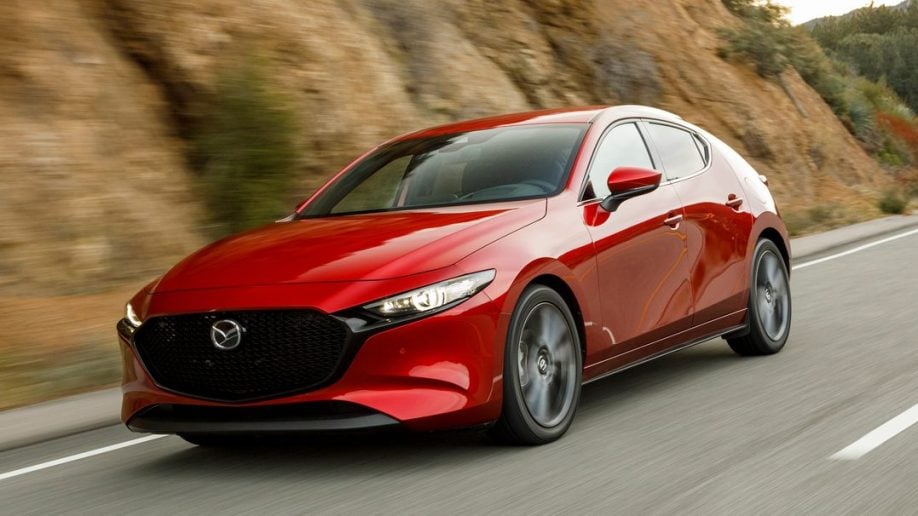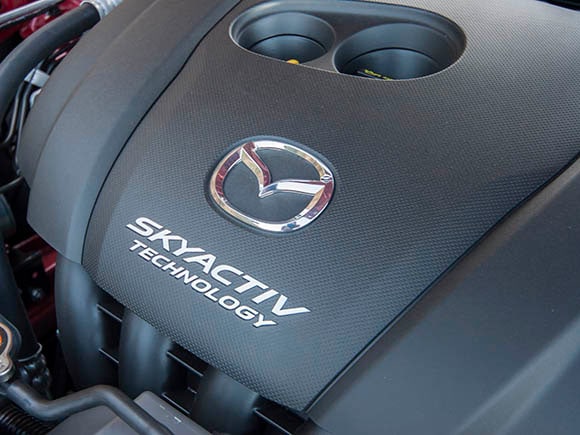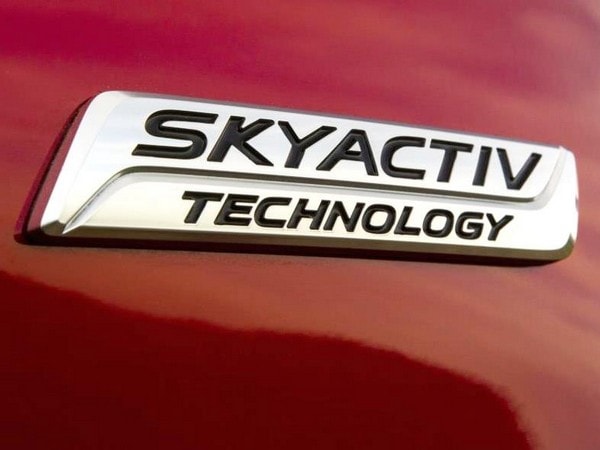- Mazda is optimizing its current technology ahead of electrification
- SkyActiv engines make non-EVs more efficient
- Set to benefit future hybrids and PHEVs
- SkyActiv technology to be featured on all Mazda models
In 2018, Mazda announced “Sustainable Zoom-Zoom 2030”, a long-term strategy for technology development. The plan lays-out how Mazda will use driving pleasure in the search for solutions to modern issues. In making its current offerings more efficient, Mazda’s SkyActiv suite of technology will also pave the way for more efficient electrified vehicles.
What Is SkyActiv Engine Technology?
Conventional internal combustion engines only utilize around 30 percent of the potential energy in the fuel they burn. The rest is mostly lost as heat, either through the cooling system or just out the exhaust. In an effort to maximize the use of the available energy within the fuel, Mazda has increased the engine’s compression ratio.
It wasn’t quite that simple however, engineers have been trying to raise efficiency through higher-compression, literally for the last century. Mazda optimizes fuel delivery into the engine, using the latest direct-injection technology. This allows for a more even distribution of fuel and greater cylinder cooling.
On the opposite side, the technology makes a maximum effort to scavenge exhaust gas. This entails the extraction of the greatest amount of exhaust at the highest possible speed. All of this adds up to 15-percent more power and 15-percent greater efficiency.
Cylinder-deactivation standard
To build upon the fuel efficiency of Mazda’s SkyActiv engines, cylinder-deactivation technology is standard on all Mazda3 models. Cylinder-deactivation is an increasingly common way for manufacturers to increase fuel-efficiency. It shuts down cylinders when the engine is in a minimal load state such as driving on the highway at a constant speed.
Both the hatchback and sedan models come equipped with a SkyActiv-G 2.5-liter engine. This 4-cylinder delivers 186 horsepower at 6,000 rpm and 186 lb-ft of torque at 4,000 rpm. The Mazda3 boasts a very impressive 0-60 time of 6.9 seconds which is roughly 1 to 1.5 seconds faster than most of its competitors like the Toyota Corolla and Hyundai Elantra.
The engine doesn’t disappoint when it comes to fuel economy, getting an EPA rating of 27 mpg city and 36 mpg highway for a combined rating of 30 mpg. These are solid numbers from a car with a sub-8-second 0-60 time.
While we are anxiously awaiting Mazda’s fully-electric vehicle, the optimization will not only keep its internal combustion cars competitive but will make a PHEV more efficient as well.
SkyActiv improves the driving experience
As it turns out, many of the qualities that make cars more enjoyable to drive fast, also make them more efficient. Case in point, cars that are both lighter and structurally more rigid both handle better while also requiring less energy to move.
SkyActiv vehicle architecture aims to create nimbleness at low speeds and stability at high speeds. The framework incorporates ultra-high-tensile-strength steel in critical areas to help make it lighter, yet also stiffer and stronger.
Front-wheel drive is standard, and the most efficient option. Mazda also offers predictive i-Activ all-wheel drive for the first time on the Mazda3. It’s the only vehicle in its class to offer AWD.
While the Mazda3 doesn’t come with a hybrid or electric offering just yet, Mazda is pulling out all the stops to make their gas engine as efficient as possible, while still offering that Zoom-Zoom driving experience.
Class of 2021: All the New Cars, Trucks, and SUVs










